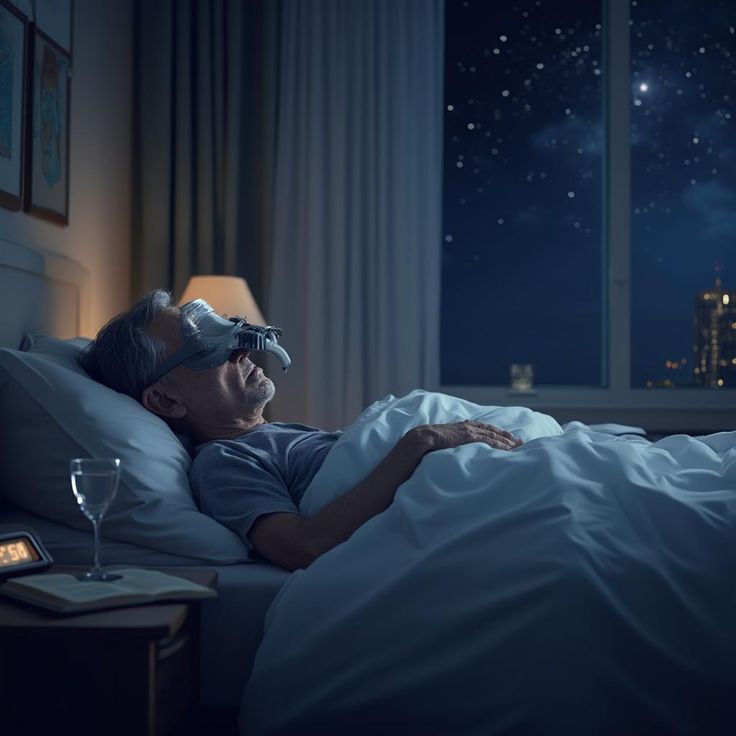
INTRODUCTION
Sleep Sync technology has profound effects on circadian cycles as well as general well-being; we will examine its concept alongside mobile dynamics to demonstrate its long-term influence on human physiology and wellbeing. In this article we investigate this phenomenon further by studying its long-term impacts over time on humans physiology and well-being.
ACKNOWLEDGING SLEEP SYNC
Sleep sync refers to aligning your sleeping-wake cycle with natural circadian rhythm in order to maximize restful naps throughout the day and night for improved rest, mood, focus, and general health benefits for everyone involved.
Digital activities – especially mobile phone use – often run counter to our bodies’ biological clock, making achieving and maintaining this alignment even harder.
WHAT ARE MOBILE DYNAMICS?
Mobile dynamics refers to anything related to behavior on mobile devices; specifically the behaviors, usage intensity and interaction styles displayed when individuals utilize smartphones and tablets for daily activities like texting or browsing the web – such as screen time usage, app switching frequency or night-time scrolling habits.
Cellphone’s have become an indispensable element of modern life and their presence can profoundly impact all areas of our daily activities: living, working and even sleeping.
HOW MOBILE DEVICES AFFECT SLEEP?
Mobile Devices Affect Sleep Studies have proven that blue light emitted by mobile phones has the capacity to suppress melatonin production – the hormone responsible for inducing sleep – delaying its onset and quality, leading to deeper restful slumber than expected. Unfortunately, this disruption often causes delayed bedtime starts.
Smartphones impede mental as well as medical health in another way: engaging content found on social media websites or gaming apps keeps our brain active even after we turn off our screens.
VICIOUS CYCLE OF DISCONNECTION
Imagine this: After an exhausting day, you settle into bed intending to sleep quickly but reach for your phone instead. Instead of sleep quickly coming, however, videos, messages, and notifications occupy most of your attention until it’s past midnight and you wake feeling disconnected, disoriented and fatigued.
Many find themselves facing this scene every night.
ROLE OF BEHAVIORAL CONDITIONING
Mobile dynamics not only change sleep dynamics but can actually inhibit it. If your mind associates nighttime phone use with relaxation or rather than sleep induction, this learned behavior makes it even harder for you to sleep without resorting to electronic devices and perpetuates an inadequate restful rest cycle.
Many individuals rely on phones as sleeping aides; reading soothing content, playing sleep sounds or installing apps designed to promote relaxation may help, however this technology may cause overstimulation instead.
Gain Control
There is still hope! One can regain their sleep rhythm synchronizing! All it requires is awareness of mobile dynamics and mindful adjustments – here are a few tried techniques:
Establish a Digital Curfew.
Strive to turn off all digital screens at least 60 to 90 minutes prior to bedtime and spend this time reading, writing or doing gentle stretching exercises instead.
1.Utilize Blue Light Filters or Night Mode on Current Smartphones. These features reduce melatonin suppression while simultaneously minimising screen interaction’s disruptive impact.
2.Keep Track of Sleep Behaviorally. For an accurate reflection on how well rested you felt each morning when awakening, rather than tracking with gadgets alone, focus on feeling rejuvenated when getting up from your restful nights and not simply on accurate data.
3.Regulate Sleep With Phone in Bed To avoid midnight scrolling temptation and set an alarm clock instead, charging your gadget outside the bedroom might be more advisable than charging inside it and setting an alarm timer instead.
FUNDAMENTAL FACTS
Balance is key. Sleep sync and mobile dynamics may seem to interact complexly, yet can still be managed effectively through awareness of how mobile use alters sleeping patterns, small, sustained changes to mobile usage habits and regular communication between internal cycles and those outside the body.
Fundamentally speaking, technology should not be cast away entirely; rather, our digital habits should help the mind and body relax naturally in line with biological needs for restful sleep. True wellness begins when screens dim down and our bodies find peaceful restfulness begins really.
 healthybodyboost.net Healthy Body Boost
healthybodyboost.net Healthy Body Boost



